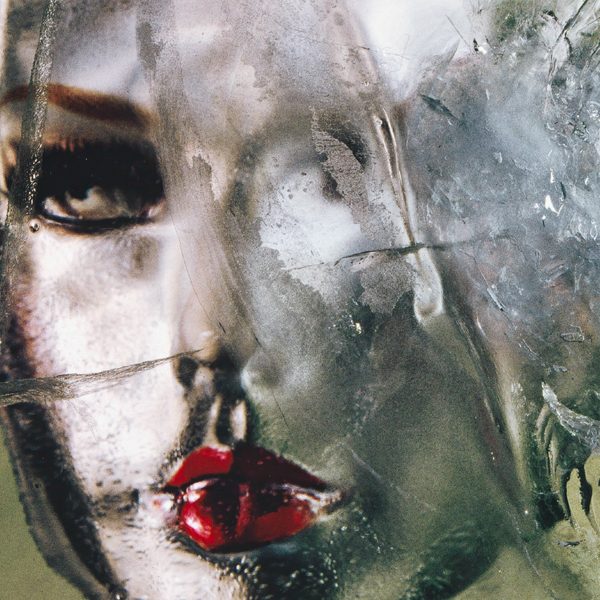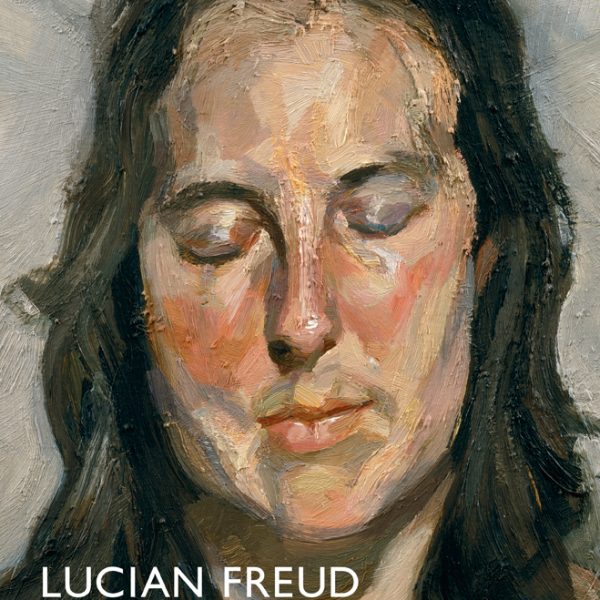Thoughts on Neo-Impressionist Portraiture
Jane Block—
When I was first drawn to the subject of the Neo-Impressionist portrait over twenty-five years ago, I soon realized that part of the appeal was due to the wonderful complexity of the theme. Robert Herbert’s ground-breaking exhibition at the Solomon R. Guggenheim Museum in 1968 first examined the entire range of Neo-Impressionism; since that time, numerous marvelous shows have looked at a variety of aspects of the movement: Christophe Duvivier’s Georges Seurat et le Néo-impresssionnisme, 1865–1905 (2002); Vivien Greene’s Divisionism, Neo-Impressionism: Arcadia and Anarchy (2007); Marina Ferretti’s exhibitions Le Néo-Impressionnisme; De Seurat à Paul Klee (2005), and Radiance: The Neo-Impressionists (2012). Other recent analyses of Neo-Impressionism have examined the movement in terms of its idyllic and utopian landscapes; its political and social commentary; color theory and other scientific advances of the day; its link to modernism through its high degree of abstraction; and its rapprochement with symbolism and art nouveau. Some few portraits were included in Robert Herbert’s exhibition and catalogue, but they were not studied cohesively as a group. And among Marina Ferretti’s thematic topics in her 2005 exhibition were “interior-exterior” and “pose,” which together accounted for thirteen Neo-Impressionist portraits… but the subject of Neo-Impressionist portraiture clearly needed a more thorough investigation and assessment. The Neo-Impressionist Portrait, 1886–1904, the book I have just co-authored with Ellen Wardwell Lee, and the accompanying traveling exhibition are the result of many years of research, and are the first full-blown treatments of the subject of Neo-Impressionist portraiture.1

The Neo-Impressionist Portrait, 1886–1904 features a roster of selected and major Neo-Impressionist portraits executed in oil. A quick glance at the list of works included is likely to prompt the question, Just what constitutes a portrait? The majority of portraits in the book would be recognized easily as depicting a specific individual, such as Georges Lemmen’s Mademoiselle L. (Portrait of the Artist’s sister) and Théo van Rysselberghe’s Portrait of Emile Verhaeren, and need no further explanation. Other works may seem, at first, to stretch the definition of traditional portraiture, such as Maximilien Luce’s Morning Interior, 1890 and Le Café, 1892 which clearly combine genre painting with portraiture—that is, they are images of known individuals. On the other hand, we include Paul Signac’s Woman Arranging Her Hair, Opus 227, a likeness of his future wife, Berthe Roblès, who is seen from the back but whose schematic features are reflected in a mirror; and Lucien Pissarro’s Interior of the Studio, 1887, a painting of his brother Georges in the atelier of their father, Camille. This work is practically a family portrait—with the hovering, implied (though not depicted) presence of the pater familias, conveyed through his hat on the wall, his ceramic planter, and the entire scene set in his atelier in the family home in Eragny. Also included in the exhibition is the stunning drawing by Georges Lemmen of Loïe Fuller dancing. We just barely see the head of the dancer emerge from her voluminous veils. One might say this is a portrait of the dance itself, captured as Fuller appears to defy gravity.
The bulk of the portraits included in our book were executed by Belgian artists such as Lemmen, Henry Van de Velde and Van Rysselberghe, and have not historically received the degree of attention that portraits by their French contemporaries have. Have these portraits largely been overlooked because of the hegemony of French painting in the nineteenth century, we wondered? When I began studying Belgian nineteenth-century painting and sculpture, my subject of study was seen as an anomaly; I was even asked, “Why would you, especially as an American, be studying Belgian art instead of French art?” In a related vein, because of the high standing of portraiture within the hierarchy of the French academy, does the topic seem tainted with conservative associations, and therefore become somehow less appealing? Does the Neo-Impressionist manner itself, so suited to capturing the light in marinescapes and landscapes, and its concomitant reductivist and abstract qualities, seem more applicable to these works than to portraits? We invite you to study the works in this book and decide for yourselves. Or come to the Indianapolis Museum of Art this summer to see these engaging and provocative works in person!
___________________
[1] In Brussels, the exhibition is titled, To the Point: Le portrait néo-impressionniste, 1886–1904 and is on view at the ING Cultural Centre from February 19 until May 18, 2014. At the Indianapolis Museum of Art, the exhibition’s title becomes Face to Face: The Neo-Impressionist Portrait, 1886–1904 and will be on view from June 15 until September 7, 2014.
Jane Block is Turyn Professor and Head of the Ricker Library of Architecture and Art at the University of Illinois at Urbana-Champaign.
























